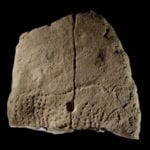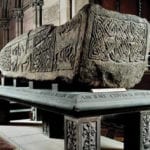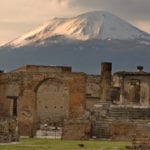 Crime
Crime  Crime
Crime  Technology
Technology 10 Hilariously Over-Engineered Solutions to Simple Problems
 Miscellaneous
Miscellaneous 10 Ironic News Stories Straight out of an Alanis Morissette Song
 Politics
Politics 10 Lesser-Known Far-Right Groups of the 21st Century
 History
History Ten Revealing Facts about Daily Domestic Life in the Old West
 Weird Stuff
Weird Stuff 10 Everyday Products Surprisingly Made by Inmates
 Movies and TV
Movies and TV 10 Actors Dragged out of Retirement for One Key Role
 Creepy
Creepy 10 Lesser-Known Shapeshifter Legends from Around the World
 Animals
Animals 10 Amazing Animal Tales from the Ancient World
 Gaming
Gaming 10 Game Characters Everyone Hated Playing
 Crime
Crime 10 Terrifying Serial Killers from Centuries Ago
 Technology
Technology 10 Hilariously Over-Engineered Solutions to Simple Problems
 Miscellaneous
Miscellaneous 10 Ironic News Stories Straight out of an Alanis Morissette Song
Who's Behind Listverse?

Jamie Frater
Head Editor
Jamie founded Listverse due to an insatiable desire to share fascinating, obscure, and bizarre facts. He has been a guest speaker on numerous national radio and television stations and is a five time published author.
More About Us Politics
Politics 10 Lesser-Known Far-Right Groups of the 21st Century
 History
History Ten Revealing Facts about Daily Domestic Life in the Old West
 Weird Stuff
Weird Stuff 10 Everyday Products Surprisingly Made by Inmates
 Movies and TV
Movies and TV 10 Actors Dragged out of Retirement for One Key Role
 Creepy
Creepy 10 Lesser-Known Shapeshifter Legends from Around the World
 Animals
Animals 10 Amazing Animal Tales from the Ancient World
 Gaming
Gaming 10 Game Characters Everyone Hated Playing
10 Archaeological Sites Suffering From Climate Change
When we hear the term “climate change,” we often think of its negative impact on animals, plants, and mankind. However, we fail to realize that it’s not only the living that are threatened by changes in the climate. Even archaeological sites—the windows to our past—are suffering from the devastating effects of the current warming trend.
10 Chinguetti
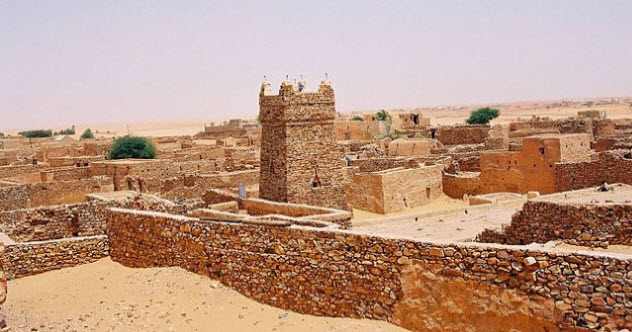
During its heyday, Chinguetti was a lively, rich metropolis that was home to more than 20,000 people. Between the 13th and 17th centuries, Chinguetti, which is located in north-central Mauritania, served as a vibrant trading and religious center for Sunni Muslims who were on their way to Mecca. Today, it’s an endangered site filled with decrepit buildings and abandoned homes with a population of “a few thousand residents” who primarily rely on tourism for income.
Like many desert towns, Chinguetti’s existence is at risk due to climate change. Seasonal flash flooding and increased desertification threaten this important archaeological site. The government of Mauritania and the residents of Chinguetti have the monumental task of protecting the village from flooding and preventing the Sahara Desert from completely wiping it off the map.
9 Sonargaon
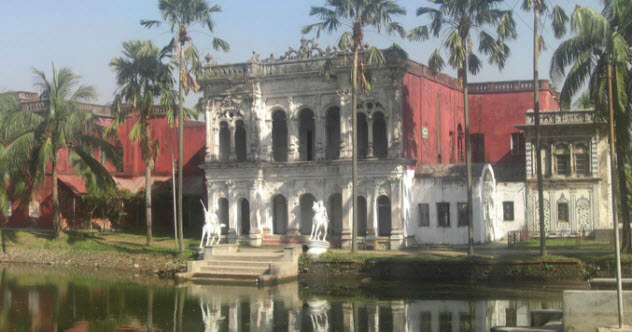
Sonargaon was the capital of the ancient kingdom of Bengal. It was the seat of power of Isa Khan during the 15th century and was a vibrant political and trading center during its peak. Today, Sonargaon, which is located in present-day Bangladesh, has been relegated to a tourist attraction. People marvel at its Mughal, Sultanate, and colonial architecture.
Also known as Panam City, Sonargaon’s existence is threatened by illegal development, vandalism, poor maintenance, unauthorized occupation, and earthquakes. But perhaps the greatest threat to Sonargaon is climate change. Most of the terrain of Bangladesh is low-lying. As a result, the whole country, including Sonargaon, is vulnerable to increased flooding and rising sea levels.
8 Herschel Island
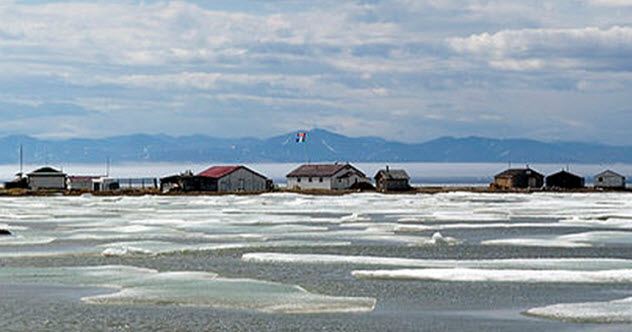
Herschel Island is an abandoned island located off the coast of the Yukon Territory in Canada. Between the 1890s and early 1900s, it was a vibrant whaling center inhabited by Americans, the Inuvialuit, and the Royal Canadian Mounted Police. It was abandoned by the Americans in 1907 when the whaling industry collapsed. Several decades later, the Inuvialuit and the Canadian police followed suit. Today, Herschel Island serves as a stop for cruise ships.
Herschel Island is rich in history and home to many archaeological remnants of the once-vibrant whaling industry and the Thule Inuits. Sadly, the island is threatened by rising sea levels. For centuries, the ocean has been gradually encroaching on Herschel Island, but climate change is speeding up the process. Experts predict that the historical and archaeological artifacts found near the island’s shores will be completely lost to the sea in 50 years.
7 The Kimberly
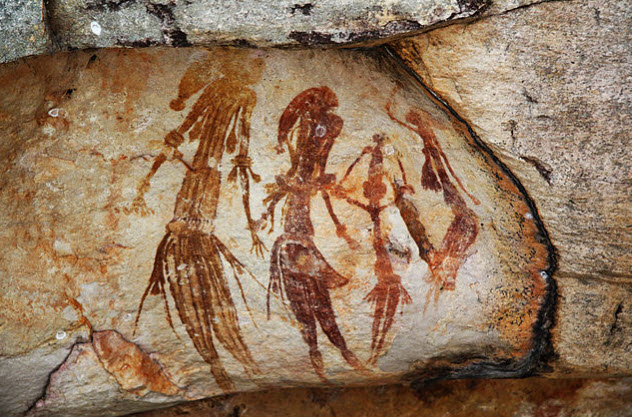
The Kimberly, a region in Western Australia’s northwest corner, is home to “rugged gorges, epic waterways” and aboriginal ancient rock art. Experts estimate that over 8,700 ancient rock paintings can be found in the Kimberly. Most of the paintings depict animals, such as bats, wombats, marsupial lions, and other extinct creatures.
Sadly, this archaeological site is indirectly threatened by climate change. For some years now, Australia has been battling the devastating effects of climate change, such as severe droughts, high fire risk, and extreme hot weather.
To prevent fires, the state government has carried out firebombings and ground burnings. However, these two methods have damaged some of the rock paintings in the Kimberly. In fact, local residents claim that the state government’s fire prevention strategy has damaged the priceless Bradshaw collection of rock art, “the oldest figurative paintings in the world.”
6 Elephanta Caves
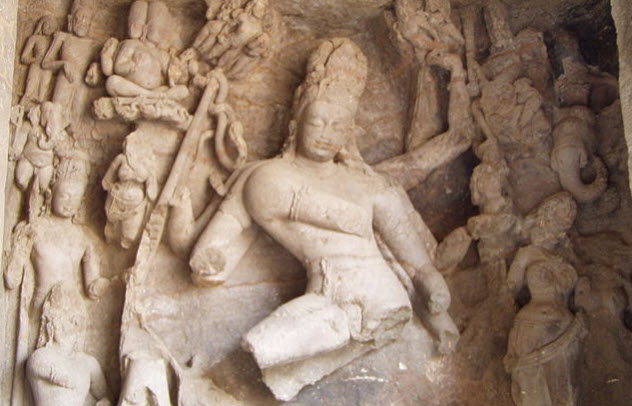
The Elephanta Caves are considered to be the epitome of Hindu cave culture. They are located in Gharapuri, an island close to Mumbai. In 1534, the Elephanta Caves were discovered by Portuguese explorers who named them after the monumental elephant found on the island. The origins of this mysterious archaeological site are unknown, but experts suggest that it dates back to between the fifth and eighth centuries.
The Elephanta Caves consist of seven caves containing Hindu and Buddhist bas-reliefs and sculptures. They were restored in 1970 and have been declared a UNESCO World Heritage Site.
Sadly, this awe-inspiring archaeological wonder is at risk due to several factors. The most devastating is rising sea levels caused by climate change. In addition, tourism and an expanding population are also threatening the majestic caves.
5 Banaue Rice Terraces
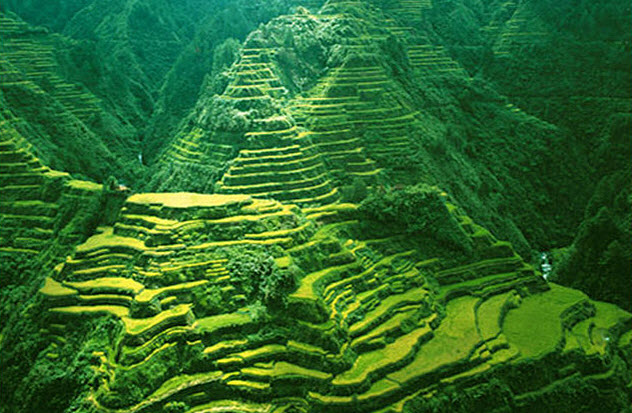
Considered a National Cultural Treasure of the Philippines, the Banaue Rice Terraces are man-made terraces carved into the mountains of the Ifugao province. This ancient wonder is living proof of “human harmony with nature” and a great example of “sustainable agriculture with traditional techniques.” Sadly, the existence of the Banaue Rice Terraces is threatened by climate change.
Climate change has caused extreme rainfall in the Ifugao province. This is a major problem because heavy rainstorms can make the terraces unstable, leading to erosion and landslides. In addition, local rice varieties planted in the Banaue Rice Terraces “are less adaptable to rapid climate change,” posing a problem to the farmers who plant them.
4 Altai Mountains
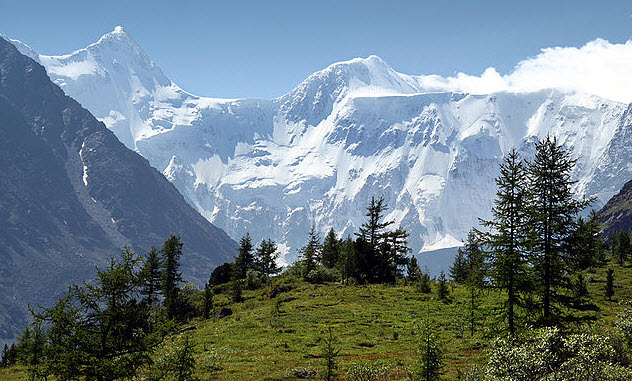
The Altai Mountains in Central Asia are home to several frozen tombs that belonged to the Scythian civilization. The Scythians were a group of ancient people who founded a rich, powerful empire centered in Crimea. They were both admired and feared for their horsemanship and prowess in war. Eventually, this ancient civilization collapsed when it was conquered by the Sarmatians.
For more than 2,000 years, the bodies inside the tombs have been well-preserved thanks to the permafrost of the Altai Mountains. The bodies have been so well-preserved that even their tattoos have remained intact.
In the past, hunters and robbers were the greatest threats to the frozen tombs. Today, it’s climate change. This global problem is causing the permafrost of the Altai Mountains to thaw. Without the permafrost, the frozen tombs and the secrets they hold will vanish.
3 Skara Brae
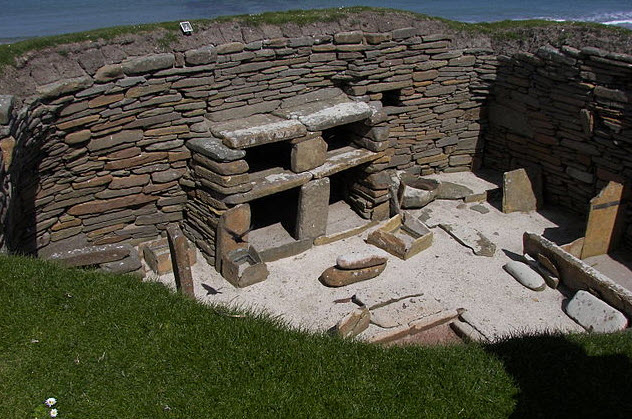
Skara Brae is a prehistoric Scottish village located in the Orkney Islands. It was accidentally discovered in 1850 when a winter storm swept through the area, blowing away the sand dunes that had covered the mysterious archaeological site. Despite being between 4,000 and 5,000 years old, Skara Brae is in good condition. Tourists can still see the furniture that the inhabitants used thousands of years ago. Sadly, this might not last long.
Rising sea levels caused by climate change are threatening the existence of Skara Brae. What’s protecting this Stone Age village from storm damage is “a specially erected sea wall.” Over the years, the wall has been severely damaged and is in need of repairs. But even if it is restored, scientists predict that Skara Brae will “be entirely unsustainable” in 200 years. Sadly, this might happen sooner due to climate change.
2 Mesa Verde National Park
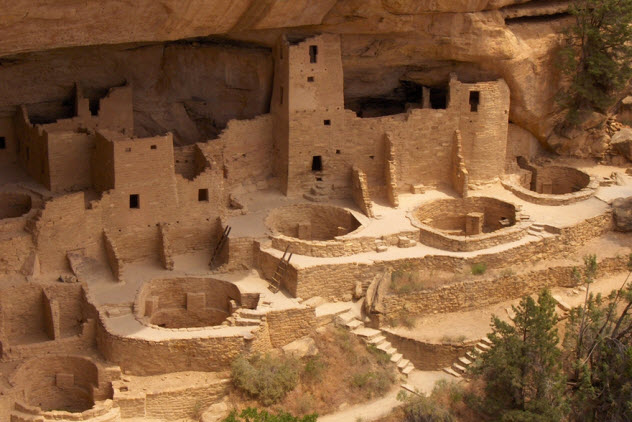
Mesa Verde, which means “green table” in Spanish, is considered to be the biggest archaeological preserve in the United States. It was once home to the Ancestral Puebloans—a group of nomadic people who mysteriously left the area and settled in New Mexico and Arizona.
Mesa Verde is famous for the Cliff Palace, which housed approximately 100 people and had 150 rooms and 23 kivas (rooms used by the male members of the tribe for religious, political, and casual meetings) during its heyday. In total, there are 5,000 known archaeological sites in the park, including 600 cliff dwellings.
Due to climate change, the archaeological treasures found in Mesa Verde could be wiped out. Archaeologists are worried that climate change–induced phenomena, such as fires and erosion, could damage the sites “before they can be studied or even discovered.”
1 Easter Island
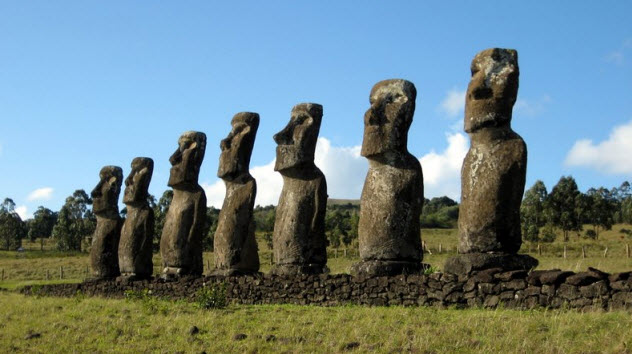
Also known as Rapa Nui, Easter Island is perhaps one of the most famous archaeological sites in the world due to its awe-inspiring moai—the mysterious head-and-torso statues believed by experts to have been created in honor of the island’s chiefs, ancestors, and other important figures. The inhabitants didn’t have leave written historical records, and few oral traditions exist. So experts can only guess how and why the ancient people of Easter Island built the moai.
Today, this important archaeological site is in danger due to climate change. This pressing global problem is causing higher sea waves to hit the island. This is a great concern for local residents and scientists because the high sea waves are damaging the platforms that have supported the moai for centuries. If no action is taken, some of the moai could eventually fall and get lost in the sea.
Paul Jongko is a freelance writer who spends his time writing interesting stuff and managing MeBook. When not busy working, Paul creates piano covers, masters his capoeira skills, and does progressive calisthenics training. Follow him on Twitter.




